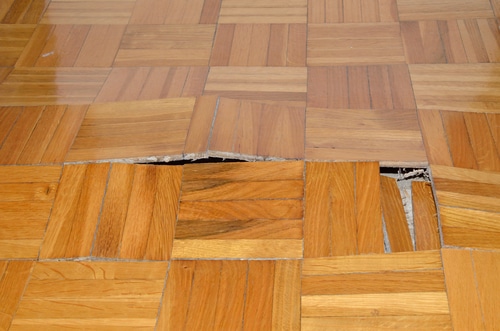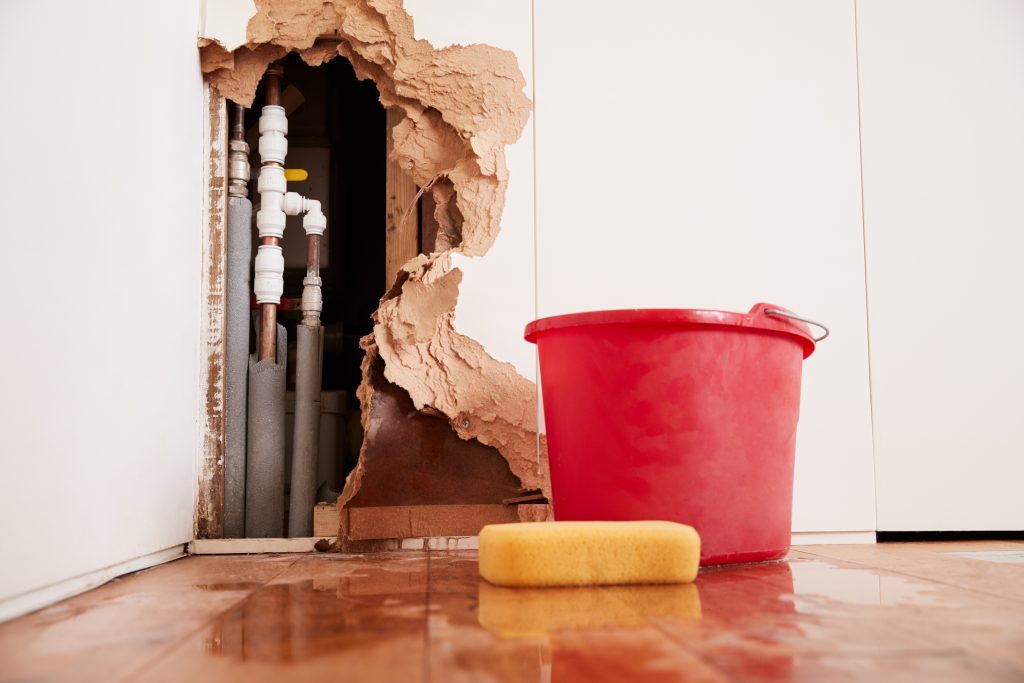How to Check If Your Home Has a Concealed Leakage
How to Check If Your Home Has a Concealed Leakage
Blog Article
Just about every person seems to have their unique way of thinking on the subject of Leaking water lines.

Early discovery of dripping water lines can alleviate a potential disaster. Some small water leakages may not be noticeable.
1. Check Out the Water Meter
Checking it is a guaranteed means that helps you find leakages. If it relocates, that suggests a fast-moving leak. This means you might have a sluggish leak that could also be below ground.
2. Inspect Water Usage
Assess your water bills and also track your water intake. As the one paying it, you must notice if there are any kind of inconsistencies. If you detect sudden changes, regardless of your intake being the same, it means that you have leakages in your plumbing system. Keep in mind, your water bill must drop under the same variety on a monthly basis. An abrupt spike in your expense suggests a fast-moving leakage.
Meanwhile, a constant rise on a monthly basis, even with the same routines, shows you have a slow leakage that's likewise slowly rising. Call a plumber to extensively check your building, specifically if you feel a warm location on your floor with piping underneath.
3. Do a Food Coloring Examination
When it comes to water consumption, 30% comes from toilets. If the color in some way infiltrates your bowl during that time without flushing, there's a leak in between the tank and bowl.
4. Asses Exterior Lines
Don't forget to inspect your exterior water lines as well. Needs to water permeate out of the connection, you have a loose rubber gasket. One little leakage can lose heaps of water and also increase your water costs.
5. Assess the situation and check
Homeowners must make it a habit to check under the sink counters and also even inside cabinets for any kind of bad odor or mold growth. These two warnings show a leak so prompt focus is required. Doing routine examinations, also bi-annually, can conserve you from a significant trouble.
Check for discolorations and also compromising as a lot of pipes and also devices have a life expectations. If you presume dripping water lines in your plumbing system, do not wait for it to escalate.
Early detection of dripping water lines can mitigate a possible calamity. Some tiny water leaks may not be noticeable. Inspecting it is a proven method that helps you discover leaks. One tiny leak can squander tons of water and spike your water bill.
If you think leaking water lines in your plumbing system, do not wait for it to intensify.
WARNING SIGNS OF WATER LEAKAGE BEHIND THE WALL
PERSISTENT MUSTY ODORS
As water slowly drips from a leaky pipe inside the wall, flooring and sheetrock stay damp and develop an odor similar to wet cardboard. It generates a musty smell that can help you find hidden leaks.
MOLD IN UNUSUAL AREAS
Mold usually grows in wet areas like kitchens, baths and laundry rooms. If you spot the stuff on walls or baseboards in other rooms of the house, it’s a good indicator of undetected water leaks.
STAINS THAT GROW
When mold thrives around a leaky pipe, it sometimes takes hold on the inside surface of the affected wall. A growing stain on otherwise clean sheetrock is often your sign of a hidden plumbing problem.
PEELING OR BUBBLING WALLPAPER / PAINT
This clue is easy to miss in rooms that don’t get much use. When you see wallpaper separating along seams or paint bubbling or flaking off the wall, blame sheetrock that stays wet because of an undetected leak.
BUCKLED CEILINGS AND STAINED FLOORS
If ceilings or floors in bathrooms, kitchens or laundry areas develop structural problems, don’t rule out constant damp inside the walls. Wet sheetrock can affect adjacent framing, flooring and ceilings.
https://www.servicemasterbyzaba.com/blog/how-to-detect-water-leakage-in-walls/

I am very interested in Leaking water lines and I really hope you enjoyed our article. Sharing is caring. Who knows, you may just be doing someone a favor. Thank you for taking the time to read it.
Report this page